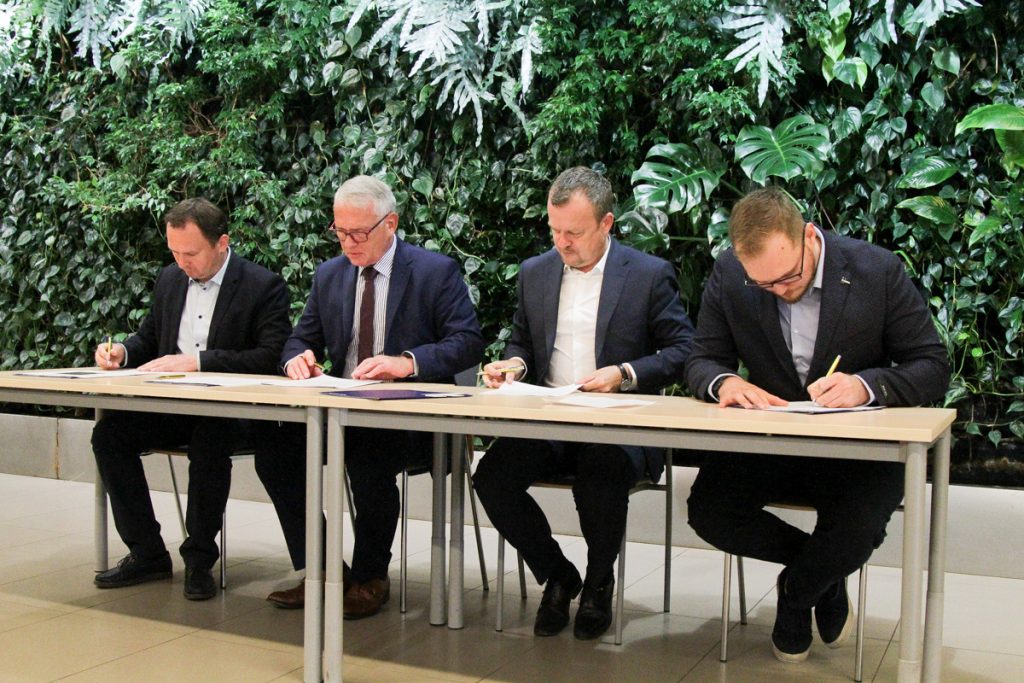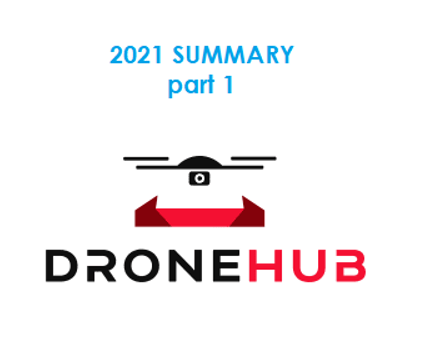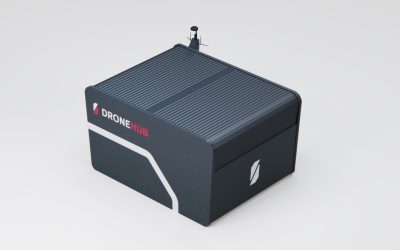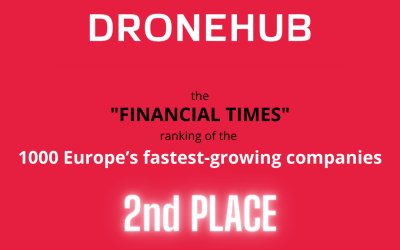Summary of 2021 at Dronehub – part 1
What a year it was! We recall the most important events and activities of our company in 2021. And so much has happened that we have split the summary into two parts.
For most companies operating in an international environment, 2021 was an unusual period – economic life was still marked by a pandemic, operational activity was subject to many turbulences, and relational activity was very limited. Nevertheless, for our company Dronehub – a supplier of drone-in-a-box solution- it was a period of intense development, cooperation with national and international partners, as well as the implementation of significant projects.
The projects that our team worked on in 2021 will have a significant impact on the drone industry, not only in the national dimension. The international projects HUUVER (Hybrid UAV-UGV for Efficient Relocation of Vessels) and Uspace4UAM (USpace for Urban Air Mobility), implemented under European auspices, will shape the further direction of unmanned aerial vehicle development within the EU.
In the HUUVER project (read more here), we worked on a platform combining two types of propulsion systems, thanks to which we will obtain a compact, autonomous drone capable of both flying and driving on the surface. HUUVER is a big step for the entire industry towards the development of hybrid drones.
The implementation of the Uspace4UAM project (more info here) has also entered the next phase. In November, we were the first of the companies included in this international project to start flying our drones over the city of Rzeszów. In total, by mid-2022, we plan to make approx. 160 flights and practice 3 drone functionalities for municipal services and public security services. It is, among others, based on our experience and conclusions, after a series of tests, that the framework for similar flights on the scale of the entire European Union will be created. As the founder and president of Dronehub Vadym Melnyk emphasizes, it is a great honor, but also a responsibility, because we are aware of the importance of this project.
In mid-2022, we will also finalize the third of the large projects in which we became heavily involved in 2021. The project, headed by the Metropolis of Upper Silesia and Zagłębie (GZM) and the city of Sosnowiec, aims to test the usability of cargo drones in urban air traffic (read more here). It is a pioneering project of this type throughout Poland, requires the coordination of many public and private institutions, but thanks to the great commitment of each party, we are able to break new barriers and we are getting closer to the successful completion of the project. We signed the contract for the implementation of the project in August 2021, and for mid-2022 we are planning the final series of flights over Sosnowiec. Our cargo drone will carry a heart rate recovery device (AED defibrillator) to demonstrate the usefulness of drones in supporting medical services.

An important element in the development of our company in 2021 was also integration with partners from outside the drone industry. In June, we started cooperation with RCS Engineering – a supplier of teletechnical solutions related to security and property protection. Together, we create an innovative property monitoring and security system based on breach detectors that trigger an autonomous control raid of the drone (read more here). The solution will improve the level of security and reduce the cost of protection of facilities. On the other hand, together with the Air Force Institute of Technology (ITWL), we have built the Atrax system, i.e. a system that automates unmanned aerial vehicle missions, also for military and defense purposes. For the purposes of the project and cooperation with our docking stations, ITWL developed a four-rotor Tytrax unmanned aerial vehicle capable of inspection missions with various types of mission equipment and sensors tailored to the customer’s needs. The projects that we have implemented together with RCS and ITWL in 2021 will be developed in the coming quarters, and the experience and know-how of our partners will allow us to adjust and improve our drone systems to the needs of specific industries and tasks.
END OF PART 1.
Check also Summary of 2021 at Dronehub – part 2



